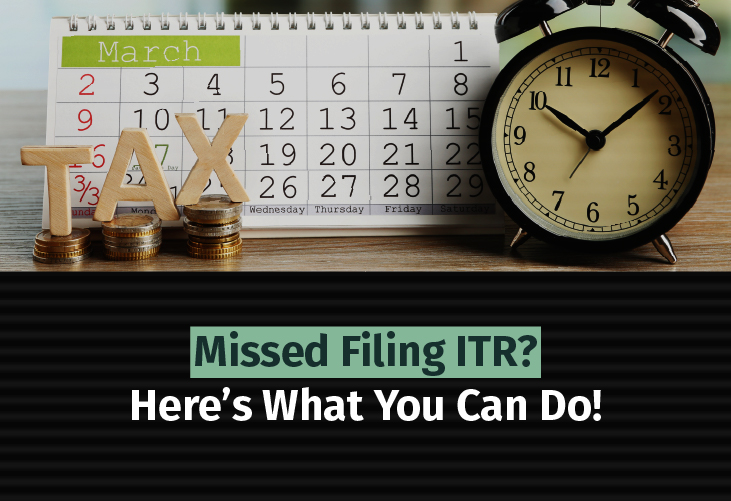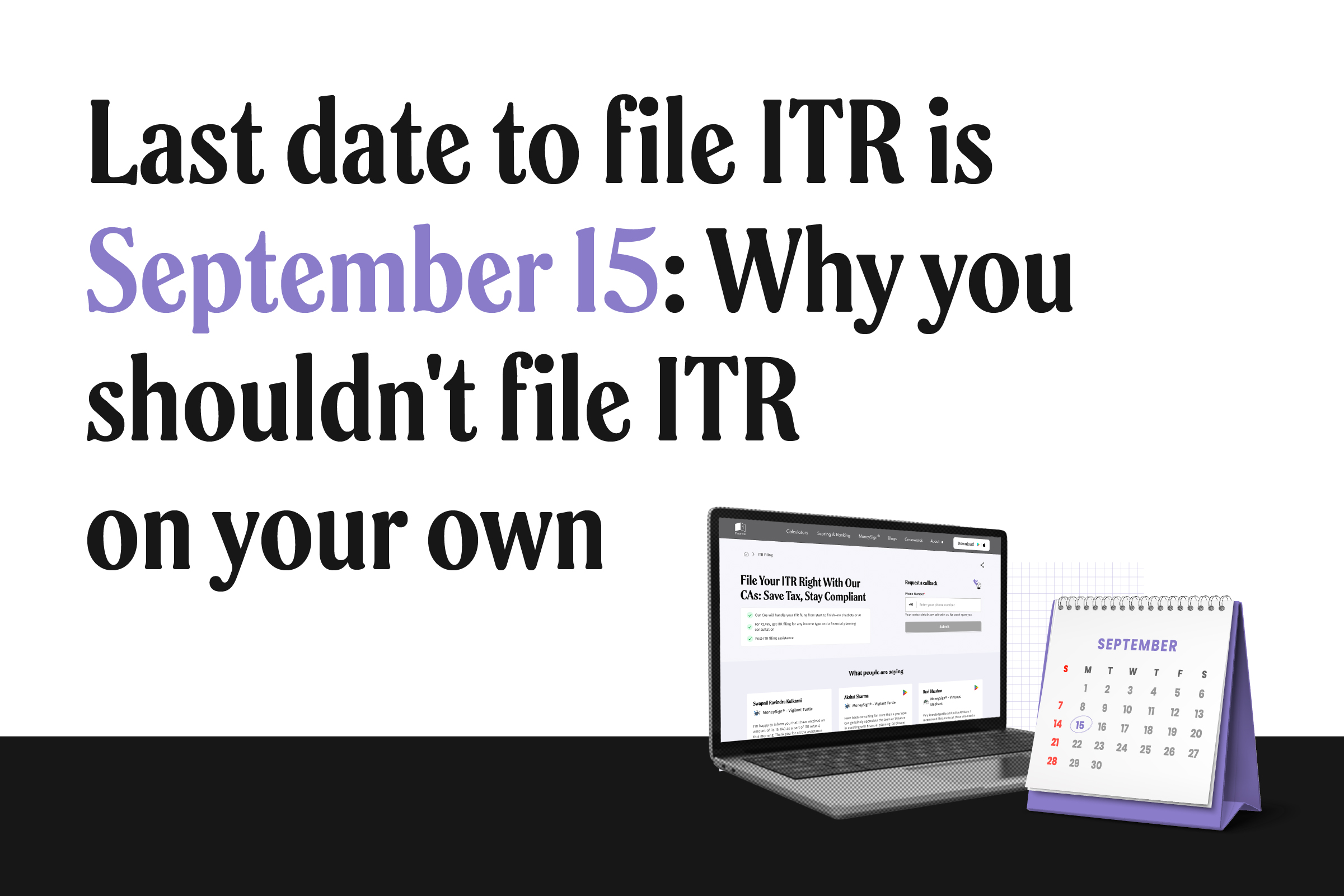Whether you’re applying for a bank loan or filing a visa application, income tax returns for the last three years serves as the ultimate proof of your financial assets. Now, due to the digitisation of the ITR, many taxpayers fail to untangle the web of e-filing complexities and stand unsure of their financial transparency to the authorities. However, this problem can now be easily mitigated with the help of the ITR-U form.
So if you have been wondering “can i file itr for last 3 years?” you can continue reading this blog to know more!
Understand How Filing ITRs for Previous Assessment Years Works
The initial deadline to file tax returns for the previous assessment year ends on July 31st of the relevant assessment year. Simply put, the deadline to file your tax returns for FY 2023-24 ends on 31st July, 2024.
Although the IT Department considers the concerns of taxpayers who are late or need to make any modifications to their initial filing, it allows for an extended deadline until 31st December of the relevant assessment year. This deadline is applicable for belated and revised returns.
Beyond 31st December, there is a provision of Updated Return, or ITR-U which allows for the filing of IT return for upto two preceding assessment years, in addition to the current assessment year, albeit with certain penalties.
What is ITR-U?
ITR-U, or Updated Return, is a provision introduced in the Finance Act of the Union Budget in 2022. It allows taxpayers to file returns for the preceding two assessment years in addition to the current year. This means you are now provided with a total window of three years to put forward your ITR requests.
How to file ITR for the last 3 years with ITR-U? A Step-by-step Guide
Filing an ITR-U is a piece of cake once you log in to the IT return portal. Follow these simple steps to get rid of your piling tax hassles: –
Step 1: Log in to the Income Tax e-filing portal using your user ID and password. If you are a new user, register yourself using your PAN details and set up your account.
Step 2: Once you are logged in, head over to the ITR-U (Updated Return) section. A drop-down box will present itself comprising all the relevant years you can file an ITR for. Select the desired year and the correct form from the options will be presented.
Step 3: Now, fill out the form with all the necessary details. Keep your financial information and documents handy during the process. All bank statements from the selected year, form 16, form 26AS, and even proof of your investments and earnings will be required to fill out the form.
Step 4: Next up, use the e-filing platform to calculate any additional taxes due based on the income for the respective year.
Step 5: After you are done calculating all additional taxes, you will be redirected to a final calculation showing your taxes, penalties, late fees, and other interests depending on the year you’re filing for. Click on Submit.
Step 6: Once the payment is made, submit your updated return and verify it using your Aadhar OTP, EVC, or any other mode of verification applicable.
Step 7: Do not exit the tab immediately after this. Always remember to save a digital copy of the acknowledgment as proof of your ITR submission.
Calculate Add-on Taxes When Filing ITR-U
Filing an ITR using the ITR-U form will attract additional taxes. The surcharge for updating your return is calculated based on the time gap between the original due date and the date of filing. Typically, the additional tax ranges from 25% to 50% of the due tax, depending on how late you are filing the ITR. Make sure to calculate these additional taxes and add them beforehand so there are no surprises.
Here’s a glance at taxes that may apply to your ITR-U
- Within 12 months of the assessment year: 25% additional tax on the due amount.
- Beyond 12 months but within 24 months: 50% additional tax on the due amount.
Things to Remember When Filing ITR for 3 Years
The ITR-U is not a generic ITR filing and there are some things you should keep in mind while going through the process:–
- Only two previous years can be updated.
While you can technically file for the last three years, the ITR-U form only allows updating the previous two years along with the current one. You cannot go ahead with filing all three years in one go.
- Penalties are inevitable
Delayed filing through ITR-U incurs both interest and late fees, depending on how late the returns are filed. However, it is better to pay the penalty fee than to attract legal consequences that are far too dire.
- Loss of Carry Forward Benefits
Business losses or capital losses for prior financial years cannot be carried forward if you are filing an updated return.
- Audit requirements
Depending on the income, if your returns need to be audited, ensure all necessary documentation is in order before filing.
Conclusion
Looking to file your ITR for the past three years? Connect with 1 Finance, where qualified financial advisors can help you file your ITR smoothly!







